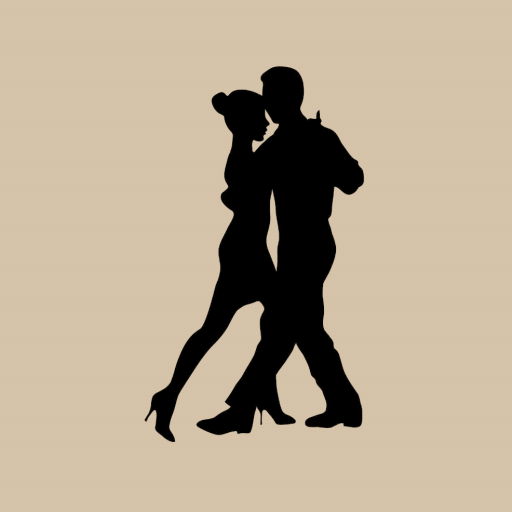The slow waltz developed in England in the early 19th century as a smoother, more measured evolution of the faster Viennese waltz. As a dance of grace and lyricism, the slow waltz is common in both formal ballrooms and international competitions. Traditional slow waltz music is in 3/4 meter (usually 84–90 BPM), with sweeping orchestral melodies that emphasize rise and fall.
How to recognize when to take the first step when dancing slow waltz?
To recognize when to take your first step, listen for the heavy accent on the first beat of each measure, often carried by bass or lower strings. The following two beats are lighter, giving the characteristic “strong–weak–weak” waltz rhythm. Begin your basic by stepping forward (or back) on beat 1, flowing smoothly into the following two steps.
How to dance slow waltz?
As a formal ballroom dance, you should take a closed frame with your partner, maintaining a firm but flexible hold. The hallmark of the slow waltz is the rise and fall: use your ankles, knees, and hips to smoothly lift on the second and lower on the third beats each measure, creating the gliding quality that makes the dance appear almost weightless.
Practice now with the Dancebeat app
Get the Dancebeat app now to practice
- recognizing the correct dance for the played music.
- recognizing the dance steps of each dance.
- recognizing the right moment to take your first step.
Sources
- James Mehl: Professional ballroom dance consultant
- Eddington, Marci H., and B. Lee Wakefield. American Social Dance: Syllabus and Progress Chart. Brigham Young University, 2003.
- National Dance Council of America. Compiled Rule Book Master v2 (March 2022). PDF file, National Dance Council of America, 2022.
https://ndca.org/ – Compiled Rule Book Master v2.pdf. Accessed 24 Aug. 2025.


